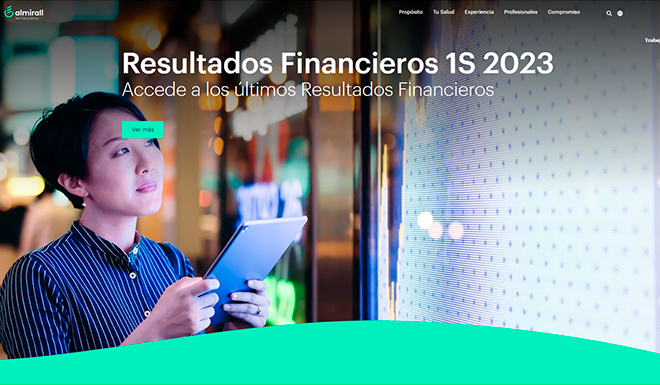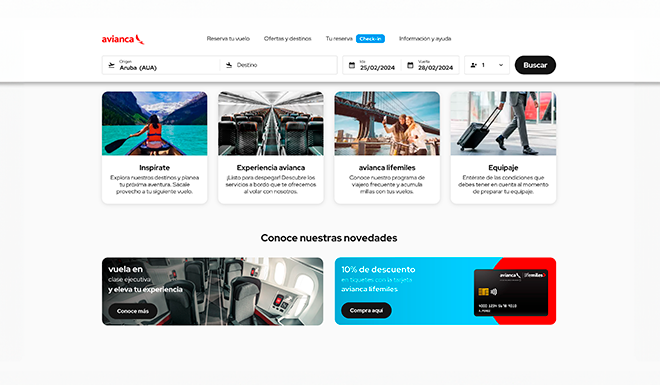The future of personalization models: contextual bandits and collaborative filtering
Since the dawn of the web, marketing has focused on personalization. The goal was, and still is, to make advertising messages relevant to the recipient and ultimately persuasive. As the web has become more sophisticated, marketers have adjusted their personalization strategies to capitalize on new technologies. Now, in the age of Web 2.0, personalization is experiencing a new wave of innovation.
In the past, personalization was based on collecting demographic data and tracking user behavior. This allowed marketers to send targeted messages to a specific group of people. However, these approaches were limited in their ability to understand the context in which users found themselves. In other words, marketers did not know why they were buying certain products or what motivated them.
Web 2.0 is changing the way personalization is done. Marketers can now use technology to better understand the context of users. This is known as "contextual bandits." Contextual bandits are able to collect data about the environment the user is in and then use that data to personalize advertising messages.
For example, imagine you are looking for a restaurant for dinner. If a contextual bandit detects that you are looking for information about restaurants near your location, it could send you ads for restaurants that are close to you. This is made possible by geolocation technology, which allows GPS devices to determine a user's location.
Personalization is also benefiting from another new technology: collaborative filtering. Collaborative filtering is based on the idea that users are able to improve search results by sharing their preferences and recommendations. For example, if you are looking for a good Italian restaurant, you could consult other users to see which Italian restaurants they recommend. In this way, users can filter the search results to find what best suits their needs.
In conclusion, technology is enabling marketers to better understand the context of users and then use that data to personalize advertising messages. This is changing the way advertising is done and is having a positive impact on the way users interact with ads.




